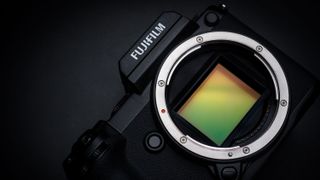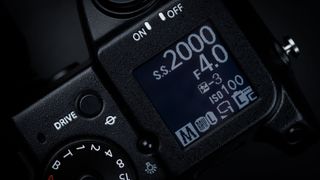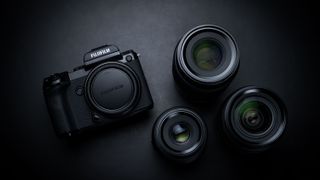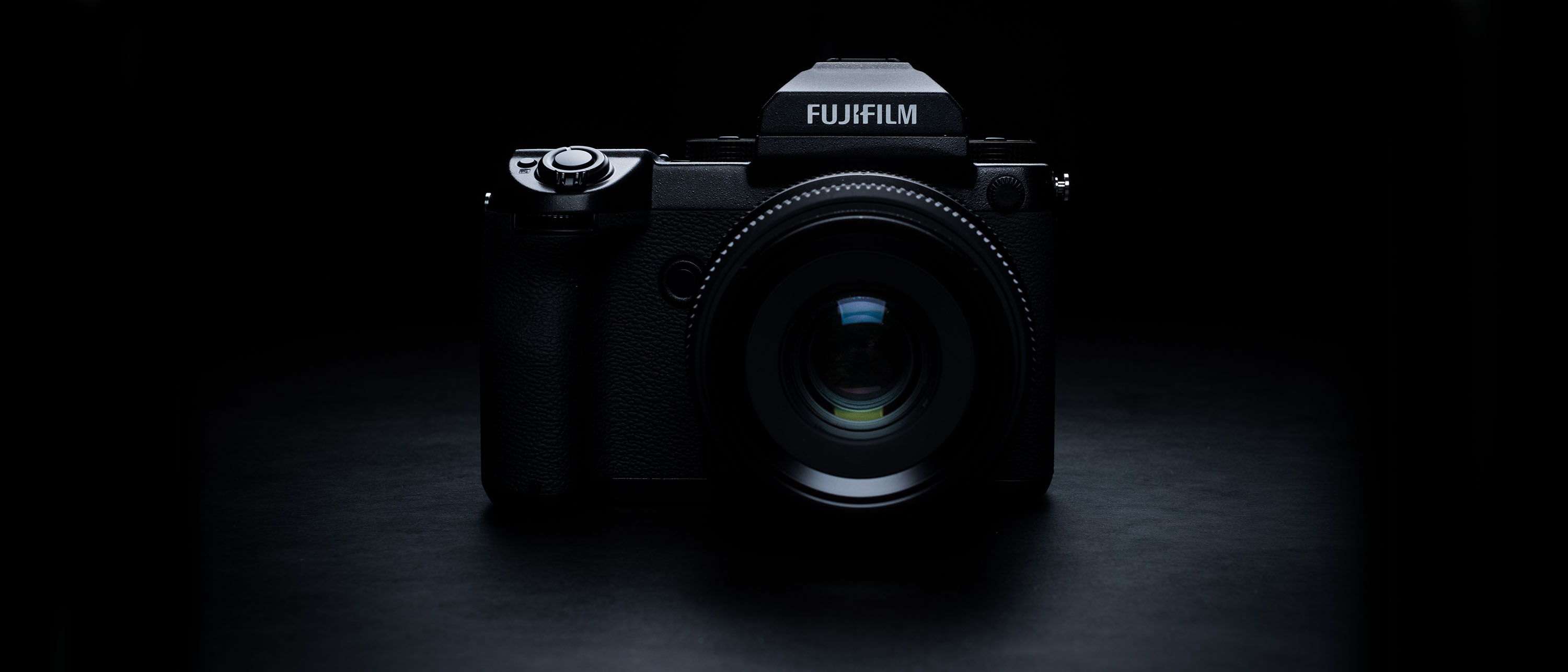TechRadar Verdict
The Fujifilm GFX 50S isn't a camera designed for speed junkies, but if you're prepared to shoot in the slightly more methodical manner the camera demands you'll be rewarded with some truly stunning results. The hefty price will persuade many that they're better off sticking with their full-frame camera, but for those wanting the ultimate image quality, the GFX 50S is the camera to pick.
Pros
- +
Breathtaking image quality
- +
Ergonomic controls
- +
Weather-sealed body
- +
Very accurate AF
Cons
- -
Only 1/125 sec flash sync
- -
Awkward exposure comp. control
- -
AF is slow
Why you can trust TechRadar
With their $20,000 / £20,000 and upwards price tags, medium format cameras have pretty much been the realm of the professional photographer and enthusiasts with seriously deep pockets.
There have been some exceptions – Pentax bought out the 645D in 2010, and while it was by no means cheap, it’s much more palatable price tag opened up medium format photography to a wider audience.
Pentax has pretty much had its own way since then, following the 645D with the 645Z in 2014, but last year both Hasselblad and Fujifilm stepped into the ring. First came the Hasselblad X1D in June, followed shortly after by the Fujifilm GFX 50S, which stole the show when it was revealed at the Photokina industry expo in Cologne last September, since when we've been eagerly awaiting the final production samples.
Unlike the 645Z, both cameras are mirrorless designs, and while this is a natural extension for Hasselblad, it might seem like a huge jump for Fujifilm. However, dig a little deeper and you’ll discover that Fujifilm has a rich heritage in medium format film photography – even making some Hasselblad-branded lenses for its medium format cameras.
Features
- Medium format (43.8 x 32.9mm) CMOS sensor, 51.4MP
- 3.2-inch touchscreen, 2,360,000 dots
- 1/125 sec flash sync speed
You might be asking yourself "If I can get a 50.6MP full-frame Canon EOS 5DS DSLR, why should I be bothered about Fujifilm’s new GFX 50S?". The simple answer is sensor size – with a sensor some 1.7x larger than a full-frame chip and measuring 43.8 x 32.9mm (producing 4:3 aspect ratio images), you get much bigger photosites (pixels). The result is better light-gathering capabilities, meaning we should expect to see better low-light performance and better dynamic range.

That’s just half the story, as the larger sensor delivers a different aesthetic, with a shallower depth-of-field at any given focal length.
Unlike the X1D, the GFX 50S uses a regular focal plane shutter, so while the Hasselblad has the luxury of being able to flash-sync at any desired shutter speed, with the GFX 50S you’re restricted to a slightly more conservative limit of 1/125 sec.
Like the X1D, Fujifilm has opted for a mirrorless design with the GFX 50S, which means there’s an electronic rather than optical viewfinder for composition. The eye-level viewfinder packs in a large 0.85x magnification, with an impressive resolution of 3.69m-dots for a clear and bright view.
And that’s just half the story – thanks to the modular design of the GFX 50S, the eye-level viewfinder can be removed and replaced with an (optional extra) electronic tilting viewfinder that slots into the accessory port on the top of the camera.

Complementing the EVF is not only a 3.2-inch dual-hinged tilt-angle screen (similar to what we’ve seen with the X-T2) at the rear with 2,360,000-dot resolution and touchscreen functionality, but also a compact top plate LCD display that shows key shooting settings, battery status and how many shots are remaining on the card (the GFX 50S features dual SD card slots, compatible up to UHS-II).

The GFX 50S features a completely new G lens mount, with three lenses currently available: a 63mm f/2, a 32-64mm f/4 and a 120mm f/4 macro, with three more scheduled to be available later in the year.
Because the sensor is larger than that of a full-frame camera, there’s a 0.79x crop factor to take into consideration, so that 63mm is roughly equal to 50mm on a full-frame camera, while the 120mm is equivalent to 95mm.
Phil Hall is an experienced writer and editor having worked on some of the largest photography magazines in the UK, and now edit the photography channel of TechRadar, the UK's biggest tech website and one of the largest in the world. He has also worked on numerous commercial projects, including working with manufacturers like Nikon and Fujifilm on bespoke printed and online camera guides, as well as writing technique blogs and copy for the John Lewis Technology guide.

ESR Qi2 3-in-1 Watch Wireless Charging Set (HaloLock) review: it's fast charging and compact, but that neck doesn't bend

Is this 4K projector inspired by turtles? Fujifilm's latest UST projector has a folded rotatable popup lens

New info about Sonos' streaming box sounds like a dream product, apart from the 2 horrendous flaws
Most Popular




